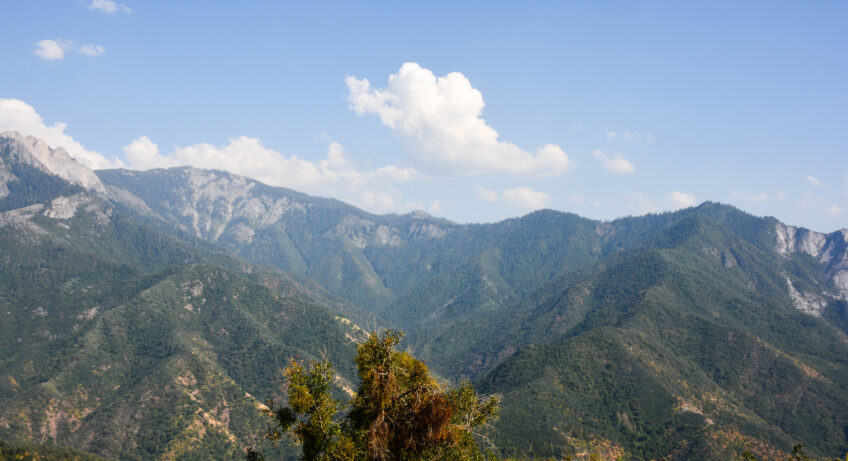Explore the Dynamic Blend of Culture, Nature, and History
Mongolia, a land of vast steppes, nomadic traditions, and untamed wilderness, offers travellers unique and unforgettable experiences. TravelJingles talks about ‘the land of Eternal Blue Sky’ – Mongolia in a discussion with H.E. Mr. Ganbold Dambajav, Ambassador of Mongolia to India.

Bogd Khan Uul National Park is the oldest national park in Mongolia. Tell us about the three must-do things in Mongolia.
Mongolia offers a unique journey for nature enthusiasts, history buffs, and nomadic enthusiasts with diverse landscapes and nomadic traditions that leave lasting memories for the travellers. Bogd Khan National Park, located south of Ulaanbaatar, is the oldest national park not only in the country but in the world, boasting over 300 plant varieties and sacred mountains dating back 300 years. If you are an outdoor-enthusiasts then you must visit the Khuvsgul Lake that is one of the most beautiful places in Northern Mongolia and is often referred to as the ‘Blue Pearl’ of Mongolia. With activities such as hiking, horseback riding, and mountain biking available in the summer months. Also, you can visit the reindeer community, and isolated tribes who live in ‘urts’, tent-style houses. In the winter, the lake freezes over and becomes a popular spot for ice fishing and dog sledging.
The Altai Tavan Bogd National Park, located in the westernmost part of the country is one of the most popular tourist destinations in Western Mongolia. The park is home to five of Mongolia’s tallest mountains, including Khüiten Peak, which is at the country’s highest point of 4,374 meters. The Altai Mountains, span 900km and feature Palaeolithic remains, Scythian graves, Bronze Age petroglyphs, large lakes, and glaciers. There are innumerable things which one can do when in the country.
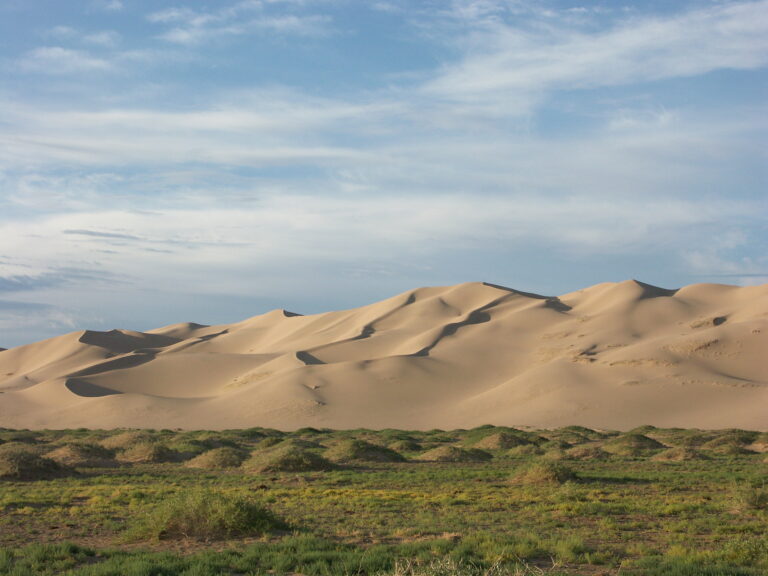
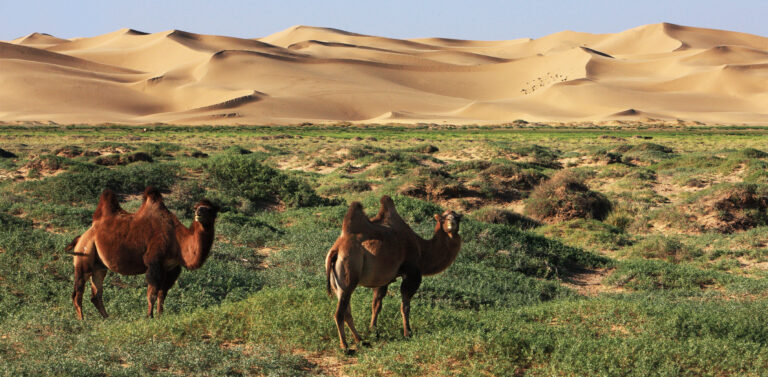
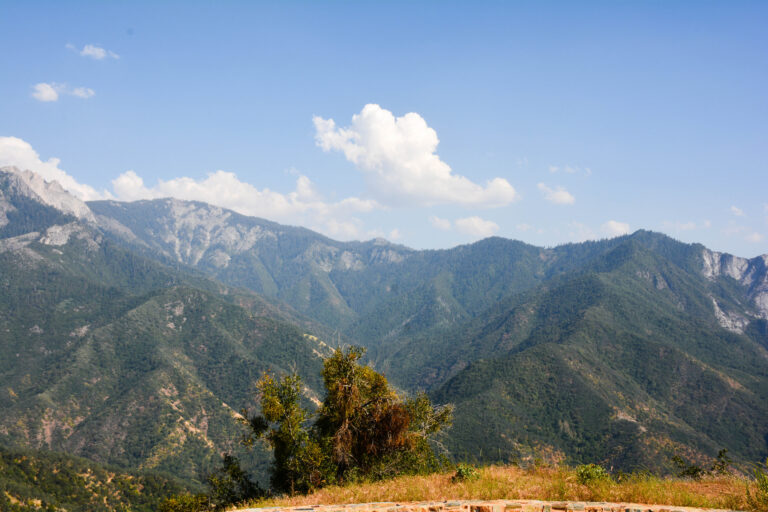
Gobi Desert is the fifth largest desert in Asia. Comment.
The Gobi Desert is located across southern Mongolia and north-western China. It is the largest desert in Asia and the fifth largest in the world – rich in minerals and home to ruined temples and once vital Silk Road routes. The Gobi, historically a significant part of the Mongol Empire, is home to several significant cities along the Silk Road.
The Gobi Desert holds archaeological importance and is also home to the Khongor sand dune and global spotlight for being the largest reservoir of dinosaur fossils in the world, particularly dinosaur eggs. Mongolia’s diverse terrains, including bare rocks, compacted gravel, and sparse vegetation, showcase the abundance of ancient dinosaur bones.
Mongolians celebrate an Eagle Hunting Festival. What makes it so special?
The Kazakh people in Western Mongolia celebrate their annual hunting with eagle festival, a two-day event in Bayan Olgii province, located in the Altai Mountains occurs in October. The eagle hunters compete to see who can fly down and catch the most prey. The festival starts with the opening parade of well-dressed 70 to 80 eagle hunters who are riding the horses and holding their eagles on their right arm. It is a profound cultural event that celebrates the deep-rooted symbolic relationship between hunters and eagles. The Golden Eagles are used for hunting as they are the second fastest bird for hunting and have an average lifespan of 20-30 years, native to the region and are well-suited for the climate.
For thousands of years, ‘Burkitshi’ or eagle hunters, have provided food to Kazakhs throughout the cold months of the year. The eagle hunter rode his horse out into the steppe, searching for prey. When he detects an animal, he releases his eagle, which chases and captures it. The eagle will then return to the hunter, who will offer it a piece of meat as compensation. The Kazakh ethnic group, the largest minority in Mongolia, travels long distances to attend an ancient tradition, earning prize money to preserve it.
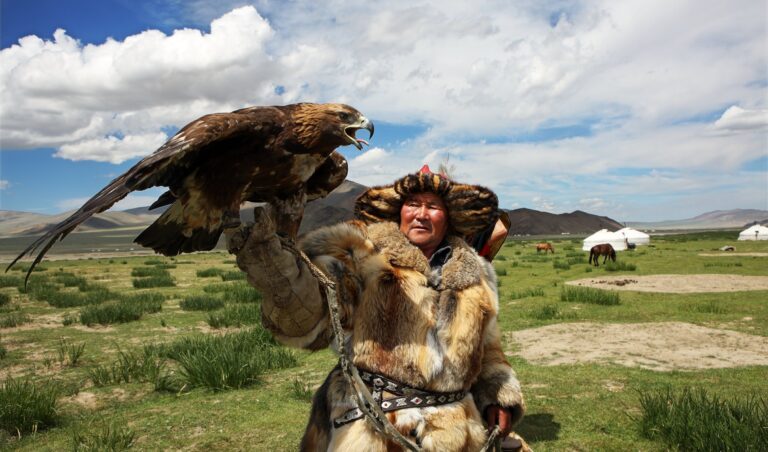
The national dish of Mongolia is ‘Buuz’. Tell us about the gastronomy of the country.
Mongolia’s food reflects the nation’s resourcefulness and its deep-rooted relationship with nature. The country’s cuisine is basic and full of meat varieties such as mutton, beef, camel, horse, sheep, and marmot. Some Mongolian cuisines combine meat with veggies, noodles, rice, and pasta. People eat mainly sheep and goat meat, and consume a lot of milk tea, wild fruit juice, and homemade alcoholic beverages. Buuz, Mongolia’s national dish, is a traditional dumpling filled with meat and steamed to perfection. Made by combining meat, onion, salt, and flour, it’s a staple in Mongolian cuisine and is traditionally served during festivals.
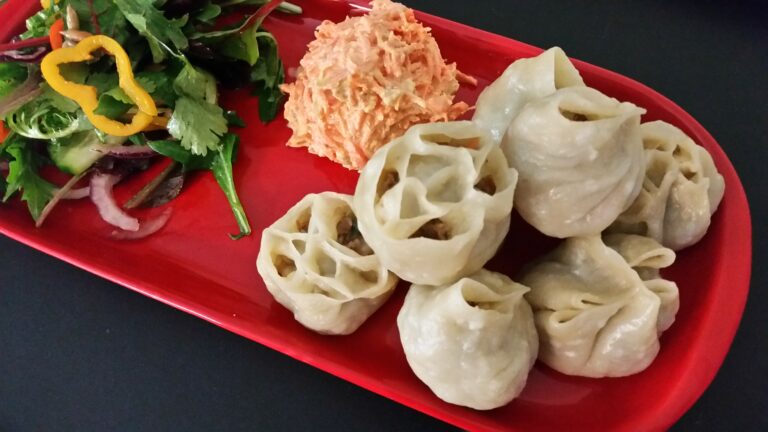
Does the country offer vegetarian options for the travellers?
Ulaanbaatar, has a vibrant, exciting atmosphere with new restaurants and cafes springing up like mushrooms, including a wide selection of vegetarian restaurants, where local hipsters gather to sip sea buckthorn juice and enjoy. Recently, many restaurants offer dishes made with vegetables instead of meat. Also, Indian restaurants have opened quite a lot in our country, so you will not miss India once you are here. But, dig-in the local flavours of Mongolia.
Mongolia’s diverse landscapes call for heart-pounding drives. Tell us about the road trips the country offers.
Mongolia’s road trip is perfect for anyone looking for a scenic adventure as it offers rugged and remote landscapes, making it a popular destination for road trips. With vast sand dunes, beautiful grass plains and mountains, there is so much to see! Hop on an electrifying four by four expedition with heart-pounding drives, traversing mountain passes, and discovering mysterious valleys, for adrenaline-rush enthusiasts, making it a road trip journey unlike any other. Dive into the tough terrains of ‘Ikh Gazriin Chuluu’ and feel the excitement as you drive across the stunning ‘Khongoryn Els Sand Dunes’. Every day in Mongolia is a fresh experience, from the thrill of conquering the Gobi Desert to the serenity of camping beneath Mongolian skies.
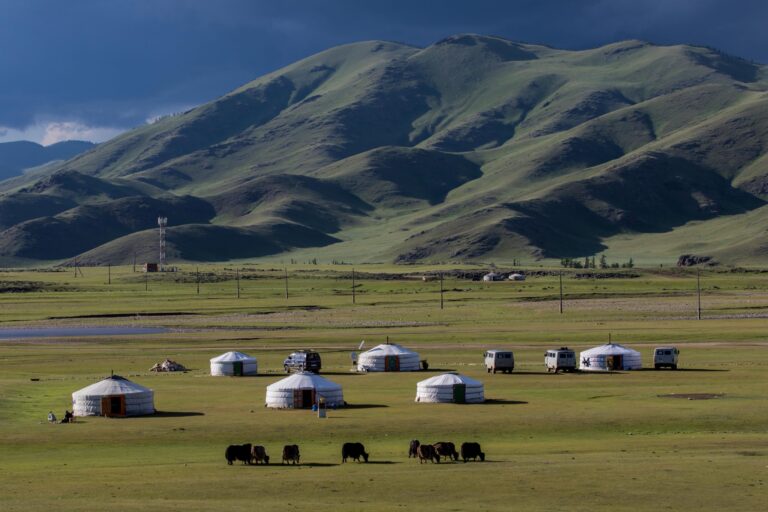
What do you prefer – Mountains or beaches
Mountains.
Do we have any similarities between India and Mongolia? Comment.
The tradition of hospitality towards strangers is deeply rooted in Mongolian culture which is similar to Indian culture. The hospitality of an Indian and the attitude of a Mongolian to dedicate and give everything to his guests is boundless. Family values play a vital role in Mongolia. Respecting and taking care of parents is important in our culture which is equally visible in India. So, we might be two different countries but have a lot of similarities.

